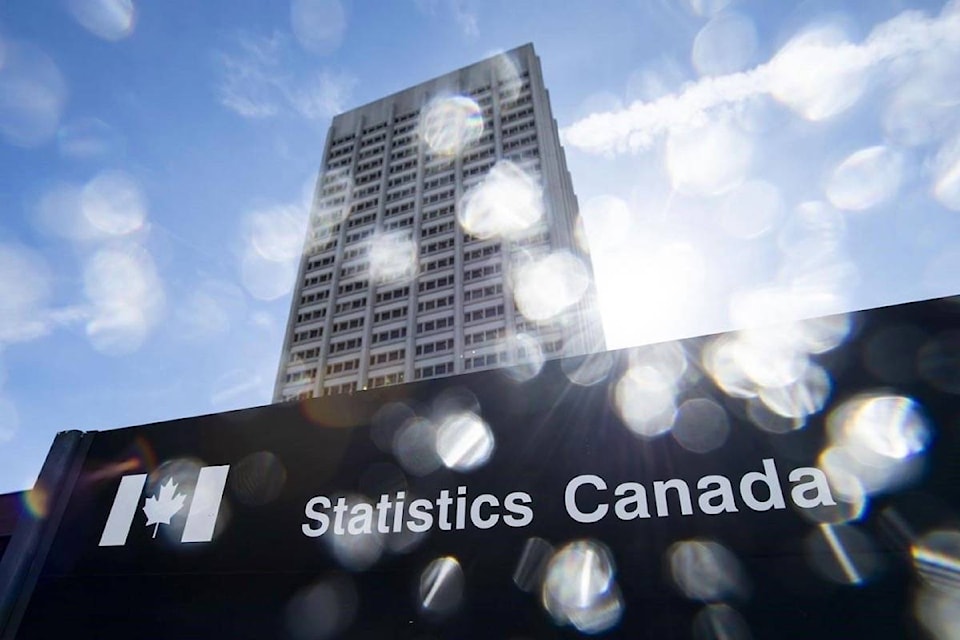More people moving from other parts of the country are calling Red Deer home thanks to more affordable housing and a stronger economic outlook on the prairies.
Red Deer saw 1,277 Canadians move to the city between July 2022 and July 2023, the city's highest interprovincial migration since 2005-06 when 1,476 arrived.
Alberta overtook British Columbia as the region with the biggest gains from population exchanges between provinces, according to the report Canada's population estimates: Subprovincial areas by Statistics Canada.
Calgary attracted the most migration from other provinces to grow by 26,662 residents, followed by 16,082 in Edmonton and 1,651 in Lethbridge. It was the highest interprovincial gain in each of those cities since at least 2001-02.
Scott Robinson, CEO of Red Deer & District Chamber of Commerce, said it's good to see Alberta's four largest cities growing.
"Lethbridge is a little a head of us on the economic development front, but we'll catch up," Robinson said.
"(Red Deer's) unemployment rate has been quite high relative to the rest of the province, but it's starting to turn."
Stats Canada says the migration is in line with the Canada Mortgage and Housing Corporation's 2024 Housing Market Outlook.
"This (CMHC) report indicates that more affordable home prices and a stronger economic outlook in the prairies make them particularly attractive to homebuyers and job seekers at the expense of Ontario and British Columbia," said Stats Canada.
Vancouver saw its highest net loss (-4,795) in interprovincial migration in over 20 years, after a net gain (+10,892) the previous year. Every census metropolitan area in Ontario also recorded a net loss in interprovincial migration for the second year in a row.
Robinson said if people are selling their property in big cities like Toronto or Vancouver then they can buy comparable housing, or better, at a much lower cost in Central Alberta even if housing prices are climbing here. Affordability is a big attraction, but migration may also be driven by Alberta's industries.
"We do know that we probably have the most robust and active renewable energy sector in the country, whether it be hydrogen development, whether it be solar, wind, carbon capture, any of those industries — it's booming here. Those are new industries but they are aligned with the oil industry because some of the work is similar," Robinson said.
Realtor Dale Russell, with RE/MAX Real Estate Central Alberta, agreed that more people are coming to Red Deer from Ontario, and especially from British Columbia. A lot are moving to be closer to family, which started during the pandemic, and their housing dollar buys a lot more.
"They're laughing," said Russell about house prices here compared to B.C.
More Calgarians who work from home are also moving to Red Deer because they can't afford to buy in Calgary. But buyers face a severe inventory shortage in Red Deer and Central Alberta, he said.
"We've got more people moving here than we've got new homes being built. Rentals are full. People can't find places to live, especially at the lower price ranges."
Stats Canada data shows about 333,000 Canadians moved from one province or territory to another, and Alberta saw the largest net gain, adding 55,107 people. That's the biggest gain in interprovincial migration nationally since comparable data became available in 1972.
Alberta's recent gain reverses the trend from 2016 to 2021 when more people left the province than arrived from other parts of Canada.
